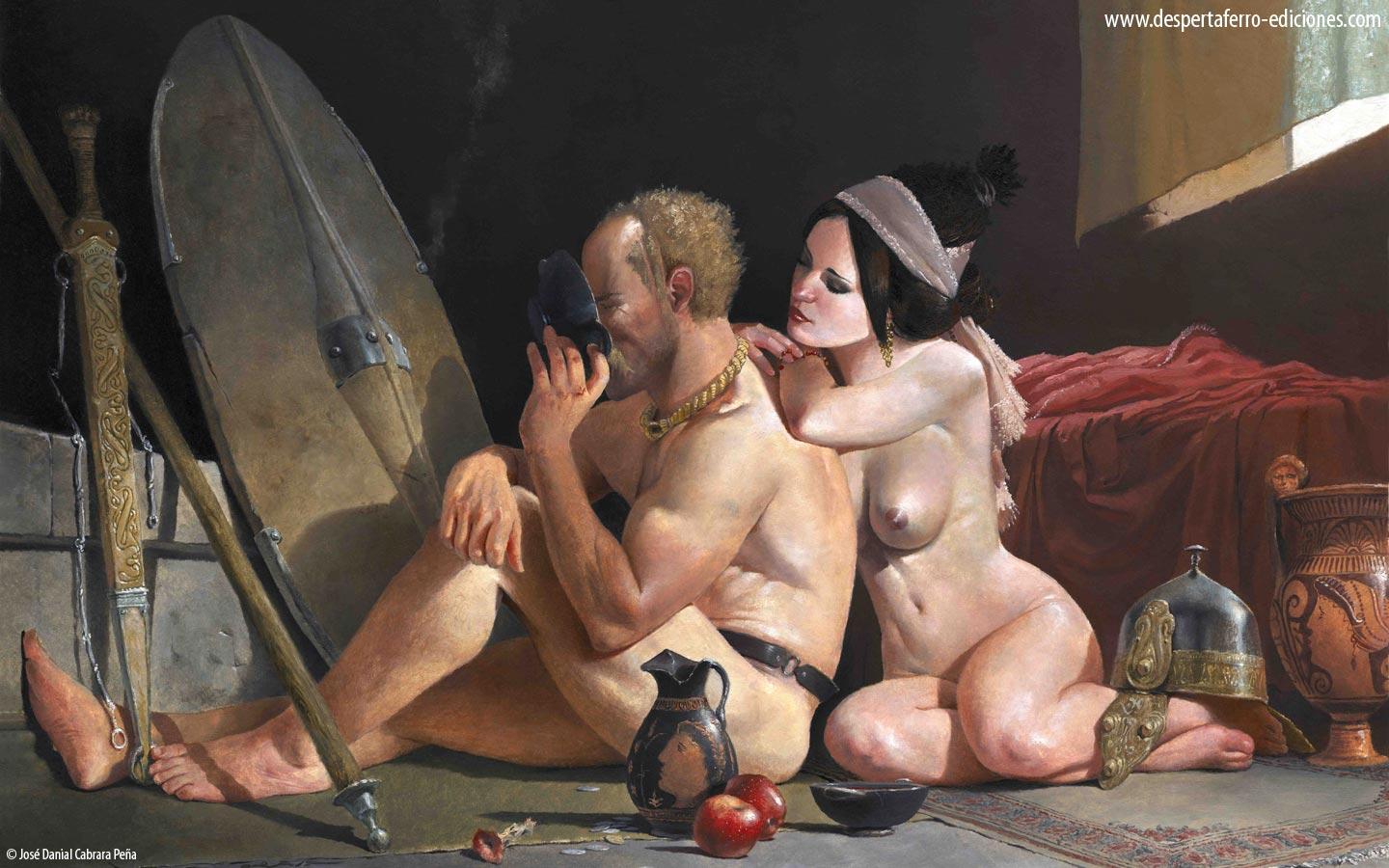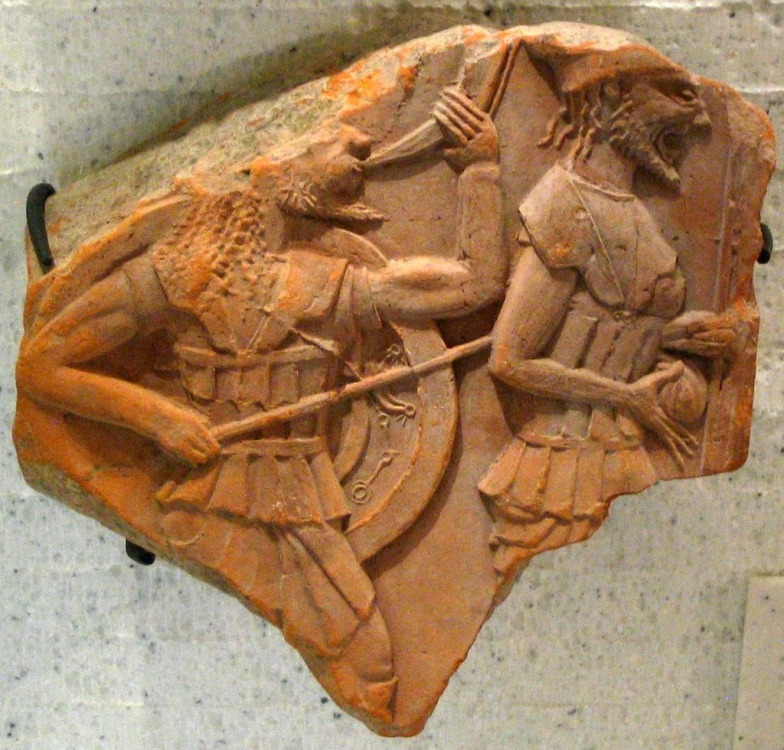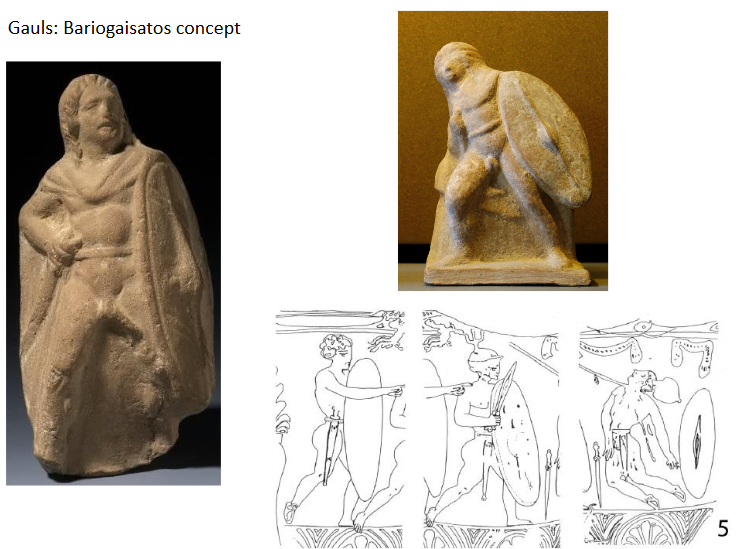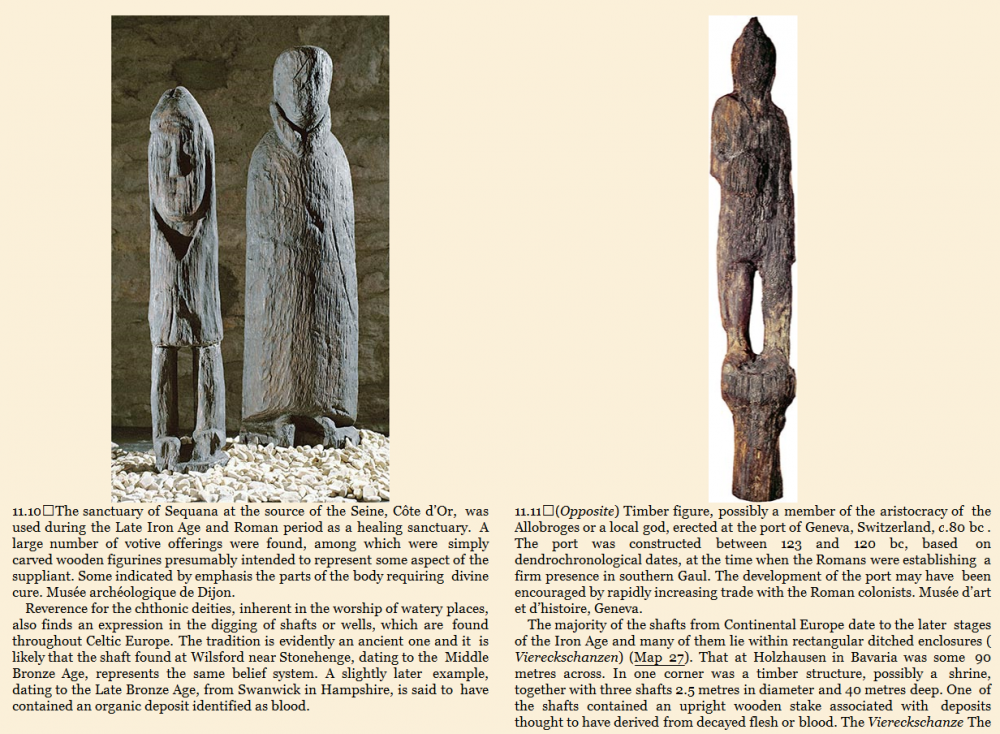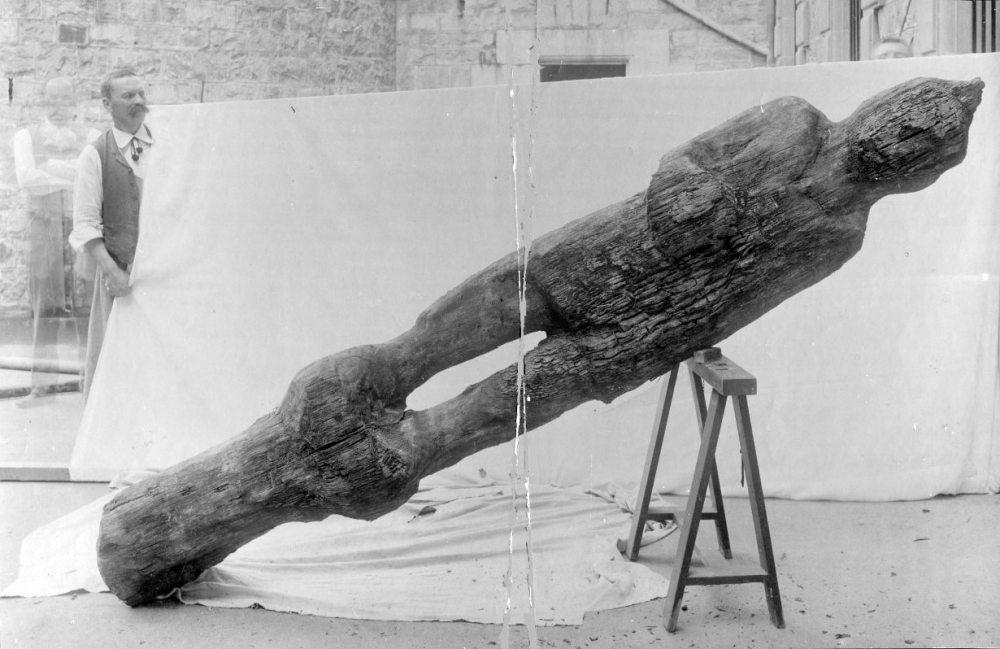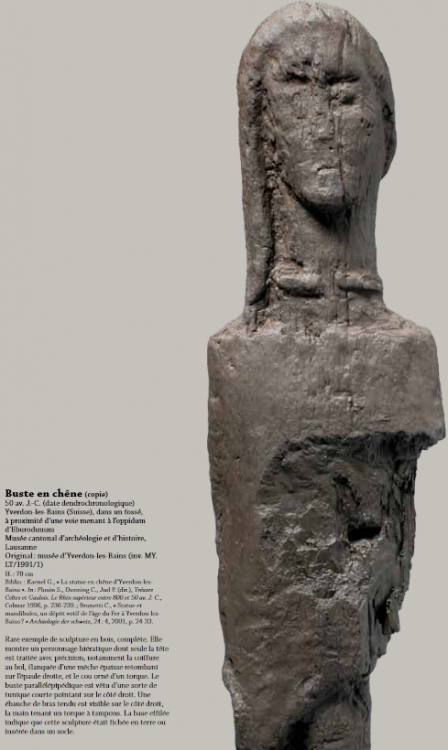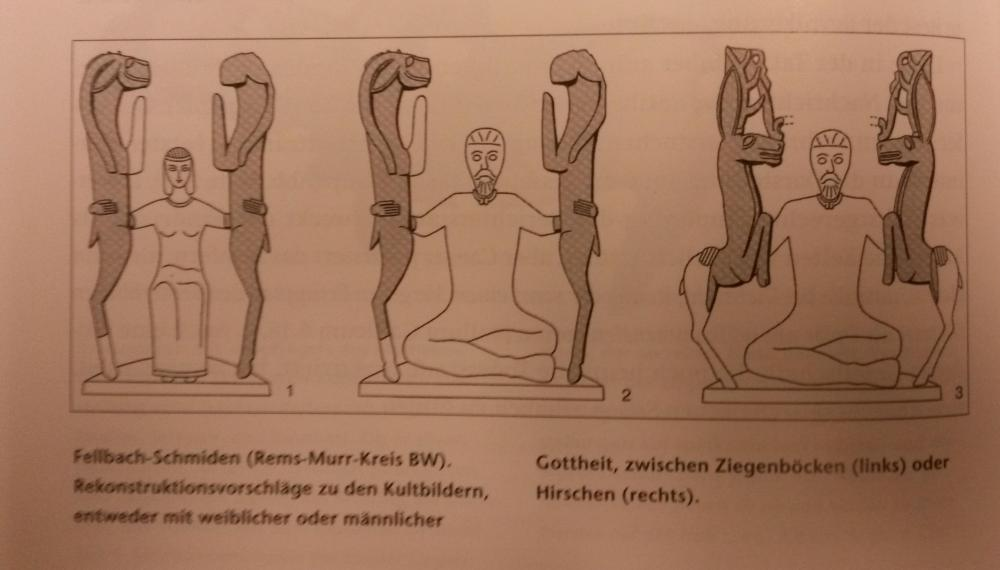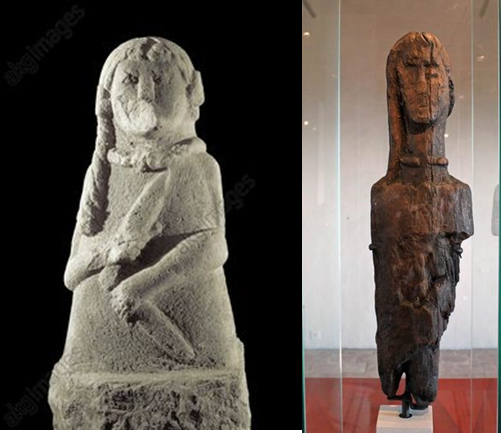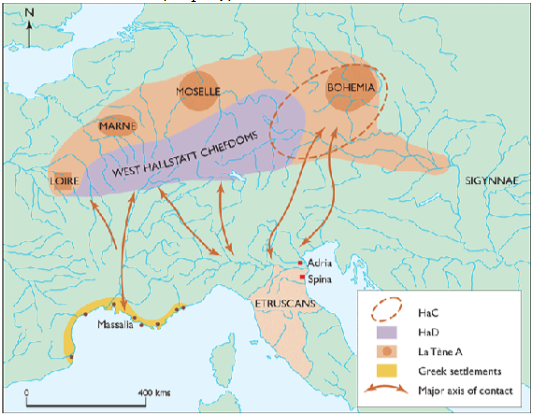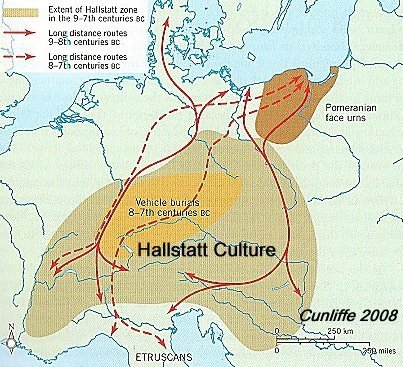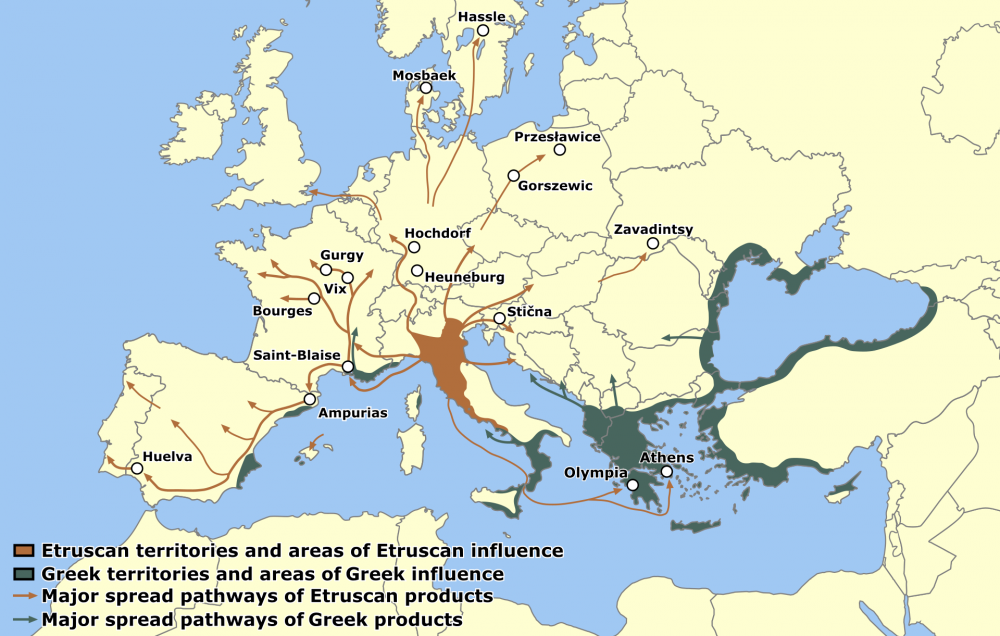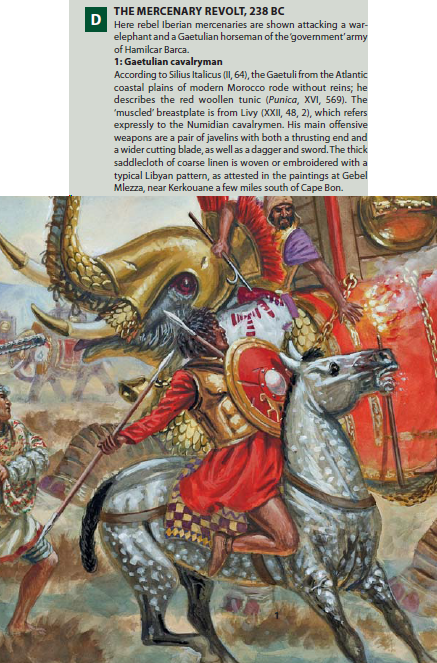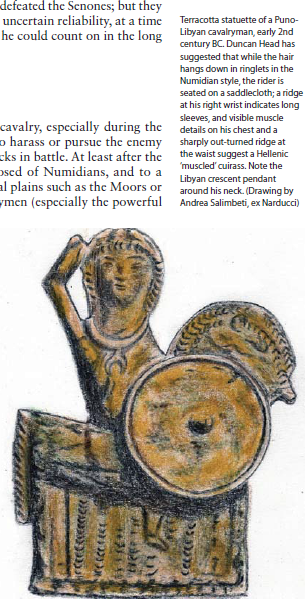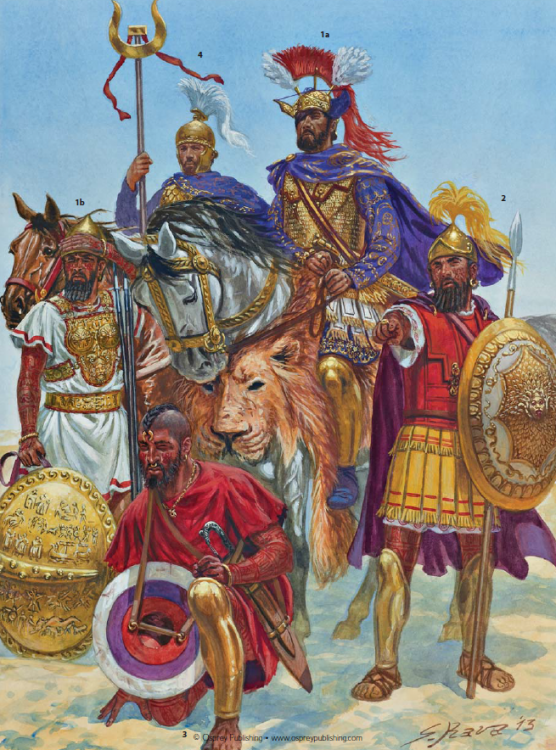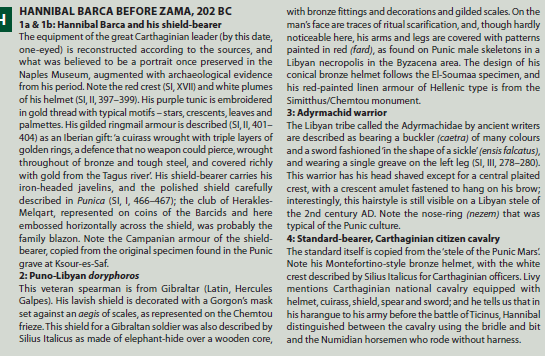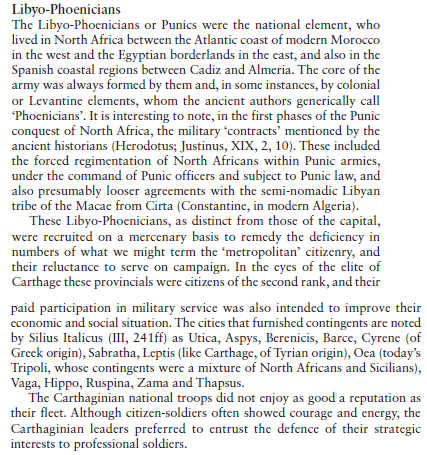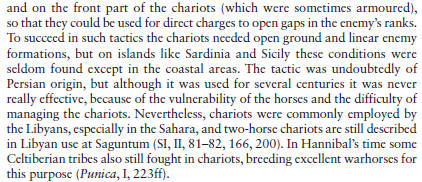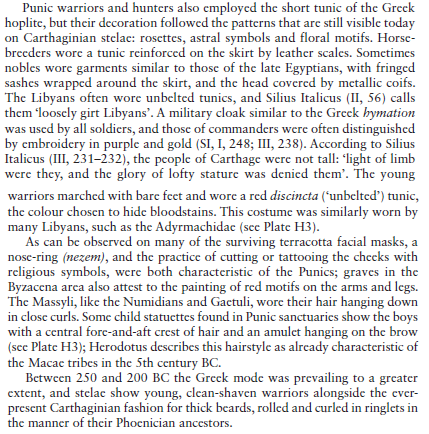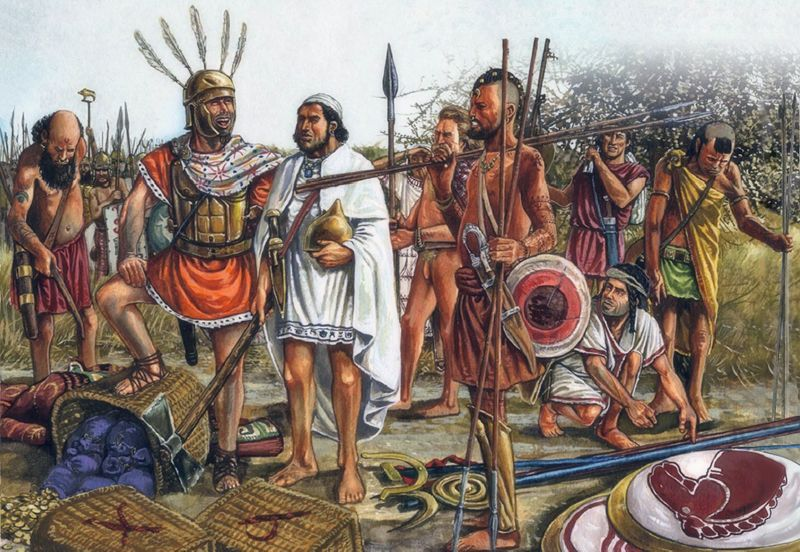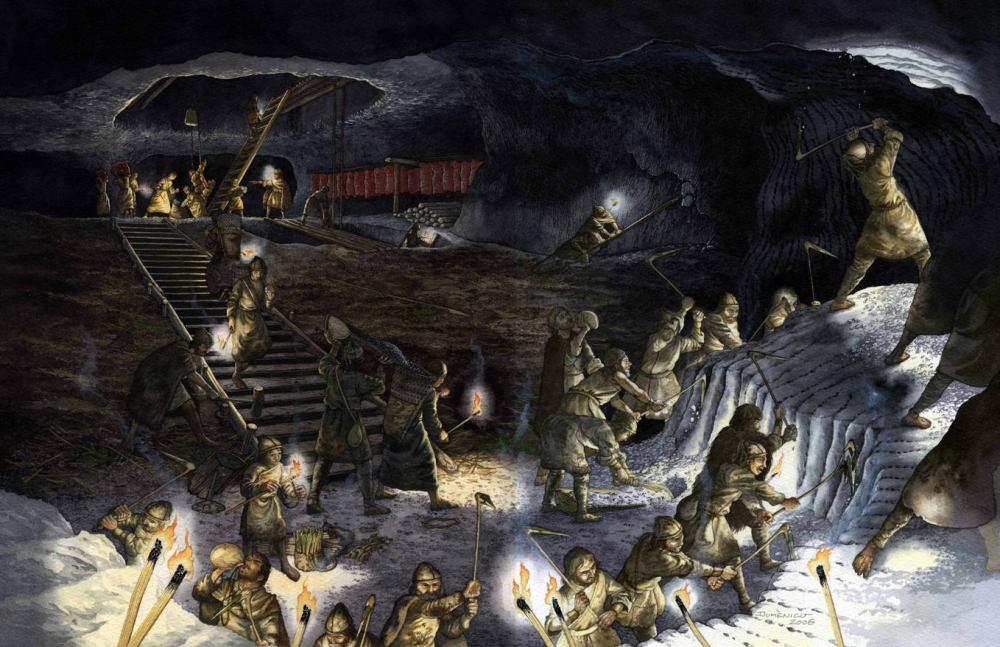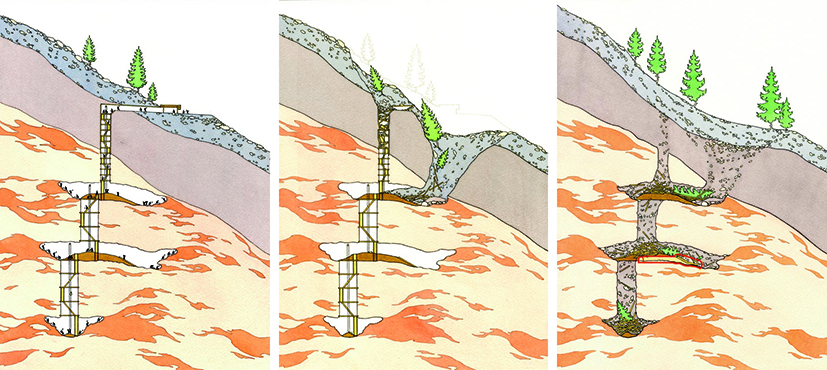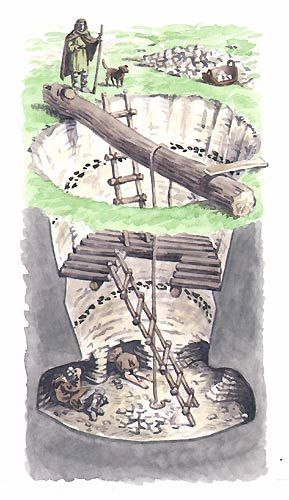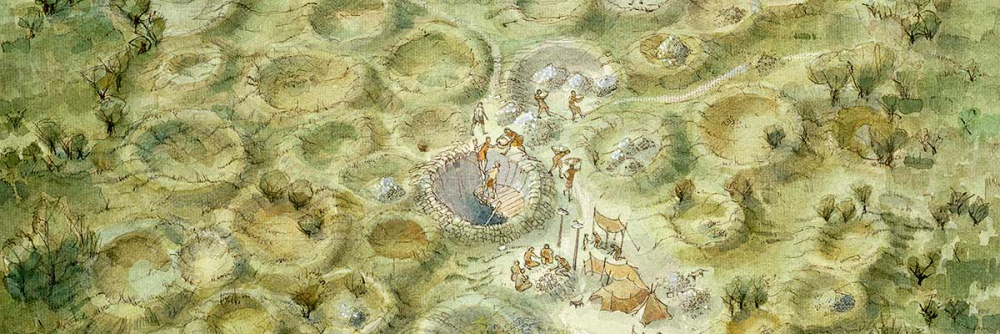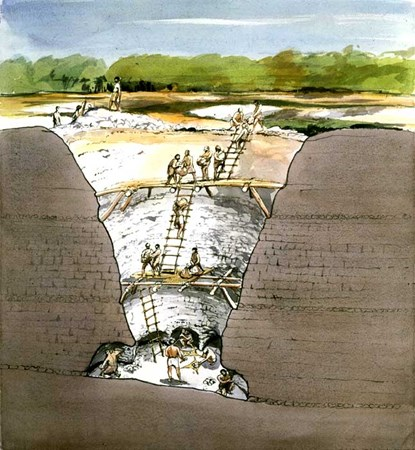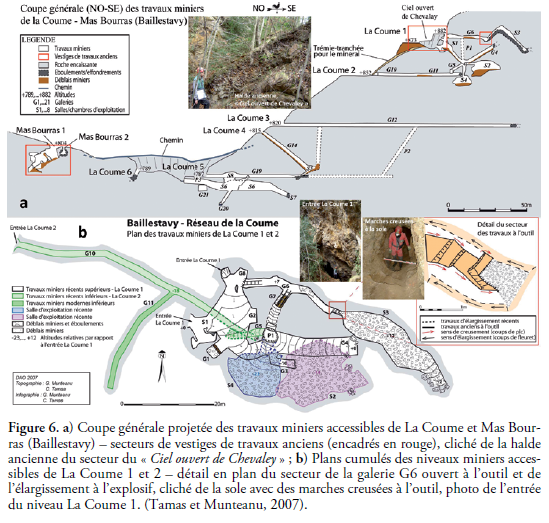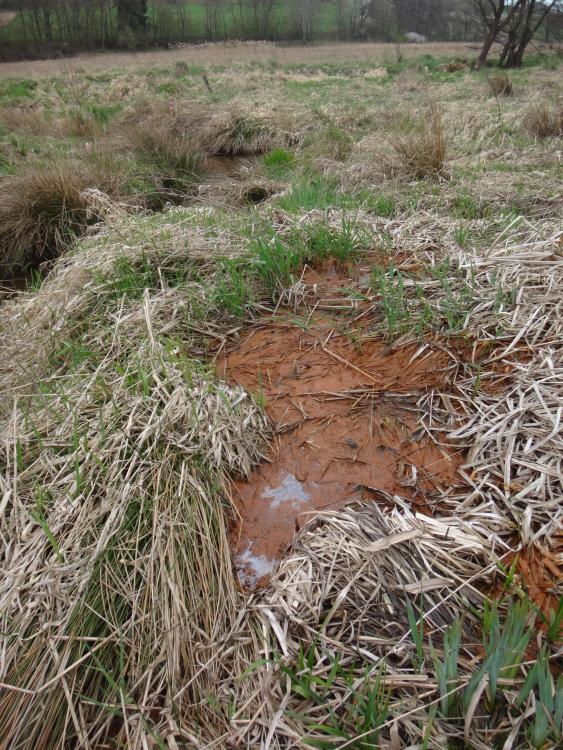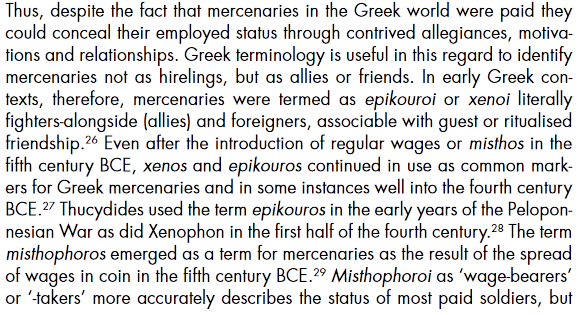-
Posts
2.401 -
Joined
-
Last visited
-
Days Won
82
Everything posted by Genava55
-
.thumb.jpg.b21ca1d0c15fb56b42c39b25a0a40815.jpg)
===[COMMITTED]=== Carthaginian Unit Textures
Genava55 replied to wackyserious's topic in Completed Art Tasks
-
.thumb.jpg.b21ca1d0c15fb56b42c39b25a0a40815.jpg)
===[COMMITTED]=== Carthaginian Unit Textures
Genava55 replied to wackyserious's topic in Completed Art Tasks
Aspis I am not sure. But Diphylon shield yes: https://www.pinterest.ch/pin/439663982359344102/ However, it is a bit different from an aspis. -
.thumb.jpg.b21ca1d0c15fb56b42c39b25a0a40815.jpg)
Notre Dame cathedral loss
Genava55 replied to WhiteTreePaladin's topic in Introductions & Off-Topic Discussion
Yes. Thankfully half hour after my message the fire was decreasing and the firefighters were more optimistic. This is bad enough and I am glad they saved the rest. -
.thumb.jpg.b21ca1d0c15fb56b42c39b25a0a40815.jpg)
Notre Dame cathedral loss
Genava55 replied to WhiteTreePaladin's topic in Introductions & Off-Topic Discussion
Still ablaze yes, the complete destruction of the North towers (Beffroi) is still possible. Sadly. -
-
-
http://kingsandgenerals.libsyn.com/6-celts-before-caesar A good podcast released by Kings and Generals channel. The quality in term of accuracy is above the videos, although it doesn't really discuss the military aspect. For a few corrections, between 8:00 and 9:00. the speaker should have more emphasized the role of the Etruscans in the contact between Northern regions and Mediterranean civilizations. At 11:40, the speaker pronounced "La Tène" as Latèné pronouncing the last e as an English speaking person will pronounce the letter e when he recite the alphabet. Actually, in French we pronounced the letter e more like an English person says uh/euh, and at the end of a word this sound is very little pronounced. Here an example of pronunciation at 1:45. This is a small and not important error but I took the opportunity to correct this common issue. Between 16:30 and 17:00, the speaker highlights the issue of the origins of the Celtic culture (especially Celtic language). It is true that the Hallstatt narrative as a sole explanation for the Celtic expansion is dull and mostly abandoned by modern scholars. But he mentioned the idea of a western origin as a valid theory. However, the hypothesis pushed by Cunliffe and Koch that the Celtic languages comes from the West is mostly based on the idea that indo-european languages doesn't come from Steppic expansion (Kurgan hypothesis) but from Eastern neolithic (for Cunliffe's stand) or that Celtic languages do not come from the same indo-european migration (steppic) but from a later Anatolian migration of culture already bearing an indo-european culture (for Koch's stand). Honestly, this is only misplaced nationalism among two old scholars and there is really nobody following their view. They only got mediatized outside the academic world, this is why people thinks this is a valid theory among scholars. This is not the case. Archaeogenetics shattered their hypothesis about indo-europeans. At 26:16, the speaker says the Celts didn't build roads. This is not true, the first Roman roads got built upon previous roads: https://www.dailymail.co.uk/sciencetech/article-1366468/Roman-road-doubt-discovery-cobbled-built-100-years-invasion.html https://www.theguardian.com/science/2011/mar/15/britannia-roman-roads-iron-age https://halshs.archives-ouvertes.fr/halshs-00639254/document https://www.persee.fr/doc/efr_0000-0000_1989_ant_116_1_3707#efr_0000-0000_1989_ant_116_1_T1_0741_0000 Finally at 26:55, the speaker says the Romans had the advantage of a industrial production of weapons for their soldiers. While the Gauls not. This is true however the latter claim that the chain mail is only for the ruling elite is a bit disputed by late La Tène findings. Especially one I worked on it as a technician. It was a deposit of artisanal waste with a large chain mails piece, mixed with broken objects, unfinished products and productions failures. It doesn't suit the idea of a high valuable object. The chain mail is probably not widespread in the whole warrior class but assuming it is only for high-members of the La Tène society is maybe too extreme. At the end of the La Tène culture, iron production is starting to be very important and close to what is seen in the Mediterranean world. Rome's productivity is exceptional in comparison of Greek cities and I think it is a bad idea to compare everything with Rome.
- 264 replies
-
- 3
-

-
- britons
- east celtic
-
(and 2 more)
Tagged with:
-
.thumb.jpg.b21ca1d0c15fb56b42c39b25a0a40815.jpg)
===[COMMITTED]=== Carthaginian Unit Textures
Genava55 replied to wackyserious's topic in Completed Art Tasks
-
.thumb.jpg.b21ca1d0c15fb56b42c39b25a0a40815.jpg)
===[COMMITTED]=== Carthaginian Unit Textures
Genava55 replied to wackyserious's topic in Completed Art Tasks
https://europabarbarorum.fandom.com/wiki/Noshei-Khereb_Lubiyim_(Libyan_Swordsmen) https://europabarbarorum.fandom.com/wiki/Dorekim_Lubiyim_Meshurianim_(Late_Libyan_Infantry) https://europabarbarorum.fandom.com/wiki/Mashlihei-Hanitim_Lubiyim_(Libyan_Skirmishers) https://europabarbarorum.fandom.com/wiki/Dorekim_Bashetulim_(Carthaginian_Settler_Infantry) https://europabarbarorum.fandom.com/wiki/HaParasim_HaB'hurim_(Carthaginian_Elite_Cavalry) https://europabarbarorum.fandom.com/wiki/Dorkim_Garamantim_(Garamantine_Infantry)#EB2 https://europabarbarorum.fandom.com/wiki/Dorkim_Libi-Ponnim_(Liby-Phoenician_Infantry)#EB2 https://europabarbarorum.fandom.com/wiki/Dorkim_Maurim_(Maure_Infantry)#EB2 https://europabarbarorum.fandom.com/wiki/Mitnag'him_Numidim_(Numidian_Skirmishers)#EB2 https://europabarbarorum.fandom.com/wiki/Gldgmtk_(Numidian_Nobles)#EB2 Album of screenshots, Numidian and Carthaginian roster in the second half: https://imgur.com/a/18bCK Probable depiction of Lybian skirmishers (look similar to the Mashlihei Hanitim Lubiyim of EB2): -
It depends. If it is like the Catalan guy that said the Iberian faction should use catalan language because they share the same region, I think you we can sabotate their offer without any remorse.
-
.thumb.jpg.b21ca1d0c15fb56b42c39b25a0a40815.jpg)
why celts (gauls + brits) are over-played : list
Genava55 replied to JC (naval supremacist)'s topic in Gameplay Discussion
Thx for pointing out the issues. -
@stanislas69 Maybe we should move the discussion about the references here https://wildfiregames.com/forum/index.php?/topic/25190-iberian-references/&tab=comments#comment-366695 and keeping this thread for @wackyserious 's work.
-
Oh sh*t I am sorry you got this. I know some persons with irritable bowel syndromes and indeed, stress management helps them to reduce the symptoms. If I can suggest you one thing, drawing is a good hobby and stress reliever, I used this when I got a depression. Simply drawing patterns, animals or trees, it helps you focusing your mind on something not stressful. Thanks mate. It is interesting the development and the evolution of the Celtiberian society. It seems the historians really divide the Celtiberian Iron age in different stage according to their warfare characteristics (Stage I = Ancient pre-5th century BC with light equipment ; Stage II = Aristocratic equipment and full panoply with the classical disc cuirass, helmet, daggers, round shields and swords 5th to 3rd century BC ; Stage III = More Mediterranean influence, Roman equipment notably, montefortino helmet. More Celtic equipment. ) This in interesting because the Iberians didn't have the same division. Aristocratic panoply are more common before the 4th century BC. Documents analyzing iberian panoplies: https://www.academia.edu/1473558/Military_developments_in_the_Late_Iberian_culture_c._237-c._195_BC_Mediterranean_influences_in_the_Far_West_via_the_Carthaginian_military_in_English_. https://www.academia.edu/29055748/_La_guerra_y_el_armamento_ibérico_estado_actual_F._Quesada_Sanz_2016_In_R._Graells_D._Marzoli_eds._Armas_de_la_Hispania_prerromana.RGZM_Tagungen_Band_24_Mainz_2016_pp._165-192 @Lion.Kanzen If I can suggest you a useful tool as well: http://removelinebreaks.net/ Very useful when you copy past text from pdf files. No need to translate everything. It is only to browse through the documents, highlighting the important points and the details that could be interesting about the equipment. I understand a bit Spanish (this is a latin language sooo...) but it took me far more time to only browse the documents and often I missed some points.
-
Hey Lion.Kanzen, I am glad you are back I like this one. I think it is all good. For the two previous ones, I think there was an evolution of the chainmail technology during the 5th to 2nd century BC. You see the old chainmail with the plaques have a very different assemblage than a classical "lorica hamata". In fact the way the mail is coupled to each other is close to the few chainmail from Etruscan burials. Probably this way to assemble results to a lighter but weaker armor. Cardiophylax are becoming less popular after the third century BC, when the classical chainmail started to be widespread. This is why I hesitated about the mixing of cardiophylax and classical chainmail. I read several talks about the Celtiberians on twcenter and I thought the chainmail never was in used before the third century BC, according to the argument in the talks. But maybe they were wrong on the older chain mail type or unaware of its existence. Thus a mixing of a cardiophylax and of the old fashioned chain mail is definitely possible. Also possible with the plaques. Edit: @wackyserious An example of Etruscan chain mail skirt: http://myarmoury.com/talk/viewtopic.32266.html
-
I think the cardiophylax is used before the chain mail become common in the peninsula (EDIT maybe contradicted by the finding below thus your choice is still possible): https://journals.ub.uni-heidelberg.de/index.php/jahrb-rgzm/article/download/15319/9194/0 Although, I am not fluent in Spanish, thus I struggle to read it quickly. I see maybe a possible case, similar to some finds among the Gauls, with metallic plaques mixed with chain mail: http://ceres.mcu.es/pages/Main?idt=84147&inventary=1952%2F10%2F579&table=FMUS&museum=MAN&fbclid=IwAR1q1ah0rVBqpm6rOpTAJk15_pv2JI-z3Z076wHAkflNlcmSwkifS37wnQ0 @soloooy0 @Trinketos @Gallaecio @Alexandermb is there someone speaking spanish that can also handle the reading of some academics material on the forum? @av93 maybe? Sources in Spanish: https://www.academia.edu/4182682/_En_los_orígenes_la_metalistería_prerromana_Sautuola_Revista_del_Instituto_de_Prehistoria_y_Arqueología_Sautuola_ISSN_1133-2166_No_13_2007_págs._59-78?fbclid=IwAR3DZX24buTObAFIs0v60kOEimMh3GkPTLmLt5AkIPECuBe8mbXTvhdwpHc http://www.man.es/man/dms/man/estudio/publicaciones/boletin-man/MAN-Bol-1998/MAN-Bol-1998-Barril-Vicente.pdf https://docplayer.es/50850604-La-panoplia-guerrera-de-la-necropolis-de-villanueva-de-teba-burgos.html http://gladius.revistas.csic.es/index.php/gladius/article/download/44/45 https://www.academia.edu/30577570/La_guerra_y_el_armamento_celtibérico_estado_actual
-
This is only a temporary roster. If I understood correctly, they want to release an early version not totally finished (mainly updating the texture and the models). I propose to stay on the current situation where the two rosters for the Celtic factions are almost the same.
-
Wow you work fast For the temporary common roster for both factions:
-
Yes technically the groups 1 and 2 are for the Gauls and the groups 4 and 5 for the Britons. The group 3 being the common set (because of the later Belgian "invasion"). No problem. Round shields and two-handed swords were the most obvious issue. No need to change everything in one release. Sure. I will do a small guideline tomorrow in the morning (midnight here). Sorry I am a busy these days.
-
Anyway, this kind of triskelion with spiraling branches is far more common and developed in the British Isles, especially during the Roman period. Good question. I know Egyptian built some kennel in mud bricks but I don't think it was the case in Europe's prehistory. I agree with your suggestion for the houses. It could be a powerful asset for the Britons as well.
-
Copper mines of the Great Orme (Wales): http://www.bbc.com/earth/story/20160420-the-ancient-copper-mines-dug-by-bronze-age-children https://www.historic-uk.com/HistoryUK/HistoryofWales/The-Great-Orme-Mines/ Neolithic flint mine (Britain, Norfolk): https://www.english-heritage.org.uk/visit/places/grimes-graves-prehistoric-flint-mine/ https://en.wikipedia.org/wiki/Flint Iron mining, iron age (Southern France), the red square on the figure: https://www.researchgate.net/publication/322010581_Remains_of_the_iron_exploitation_during_pre-Roman_and_Roman_period_in_the_mining_district_of_Baillestavy_Eastern_Pyrenees_France Different iron ores: Bog Iron: https://en.wikipedia.org/wiki/Bog_iron http://www.hurstwic.org/history/articles/manufacturing/text/bog_iron.htm https://www.researchgate.net/publication/289236536_Prehistoric_iron_smelting_in_London_Evidence_from_Shooters_Hill Ironstones: https://en.wikipedia.org/wiki/Ironstone https://en.wikipedia.org/wiki/Siderite https://www.wealdeniron.org.uk/hist.htm Bonus: Salt mining Hallstatt period (Austria): https://www.nhm-wien.ac.at/hallstatt/en/salt_mine/hallstatt_period Edit: For bog iron, it is quite common in wetland and forested streams where the geology is rich in iron. Here a picture of field campaign I did in Hessen in Germany: This is due to iron-oxidizing bacteria, forming biofilms: https://en.wikipedia.org/wiki/Iron-oxidizing_bacteria The iron minerals are dissolved in anoxic conditions (no oxygen) below the water table as Fe(II) minerals and when the water rises up it got oxidized in Fe(III) minerals, bacteria use this difference of oxidative potential to fuel their metabolism. In the case of my picture, this is a seepage because there are beavers dams and ponds in the area.
-
I agree on the idea but this could be more about "regional" units than mercenaries. It could be also special abilities for some factions, like the Romans and the Persians, getting new available auxiliaries from the capture of ennemy's fortress or civic center. For example Numidian auxiliary cav when they capture a Carthaginian fortress. I think the idea of wowgetoffyourcellphone of map mercenary camps to capture is great. It creates a sense of geopolitical context between players, making also the importance to capture strategic points on the map. Yeah I used this idea to include regional units in the new rosters of the Celtic factions I suggested. Clearly Caledonian swordsman with back scabbard as the Batoros and Irish elite javelinist as the Caur. For the Gauls, I suggested to let the player unlock which regional champion he wants: Rhine region cavalry based on Belgian and Germanic items and inspired about the Tencteri and Usipetes fighting style. Aquitanian elite bodyguard inspired from the Sotiates account, with chain mail decorated with some decorated plates. Alpine axeman based on the finding from the Ticino region.
-
https://opentopomap.org/#map=16/24.08956/32.88976
-
By the way, mercenaries are paid for their service, however this is oversimplification of the status of foreign troops. Auxiliaries/vassalized/allies are also important supply of foreign troops which are also sometimes considered as "mercenaries" because they got a financial contribution in exchange. p.43 http://repositori.uji.es/xmlui/bitstream/handle/10234/172075/Trundle.pdf
-
Plutarch, Life of Aemilius Paullus, 18.5: "First the Thracians advanced, whose appearance, Nasica says, was most terrible, — men of lofty stature, clad in tunics which showed black beneath the white and gleaming armour of their thureos shields and greaves, and tossing high on their right shoulders rhomphaia heavy with iron."
-
Ban Glestul.This is not free speech, this is 4chan level of trolling. I assure you that you don't want this kind of attitude to last in the community. All opinions are tolerated until it is used to insult and dehumanize other persons.

